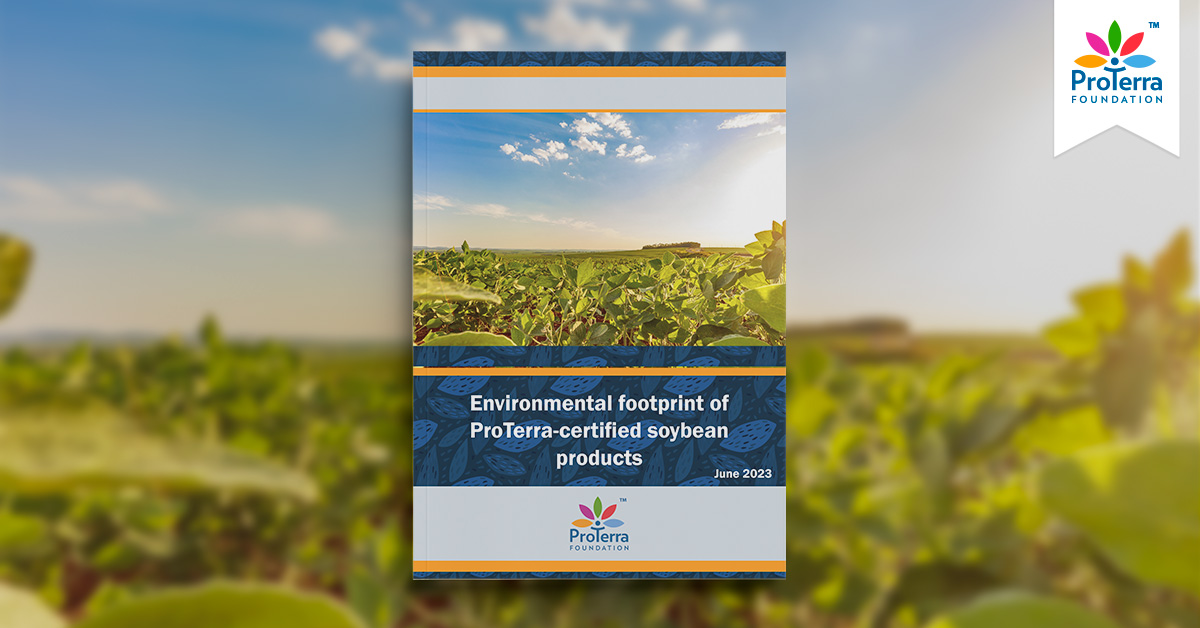Environmental footprint of ProTerra-certified soybean products

Land Use Change (LUC) has been one of the most serious concerns confronting the world’s agriculture producing system, being a significant driver of global climate change. Soy products are an important source of protein in animal diets and, therefore, the rising demand for animal feed causes crops like soy to grow more rapidly. The sustainability of Brazilian agriculture production is then on the spot, as the country is the world’s leading producer of soybeans.
One of the key goals of the ProTerra Foundation is to guarantee a continuous supply of sustainable soybean products to the European market, encouraging environmentally and socially responsible soy production. The ProTerra Standard was developed in 2006 to support sustainable non-GMO crop production, storage, and processing. With a cutoff date of 2008, ProTerra-certified material is free of land conversion, applicable not only to forests but any habitat as defined by the High Conservation Values Resource Network (HCV 1 to 6).
Check this environmental footprint study – which covers ProTerra-certified soybeans, soybean meal, oil and SPC (soy protein concentrate) – to learn more about what difference we can observe between certified and non-certified products when it comes to environmental impact. The Life Cycle Assessment (LCA) has been performed including the following environmental impact categories: carbon footprint, water consumption and land use. ProTerra-certified products are also compared with the respective, default Agri-footprint values.